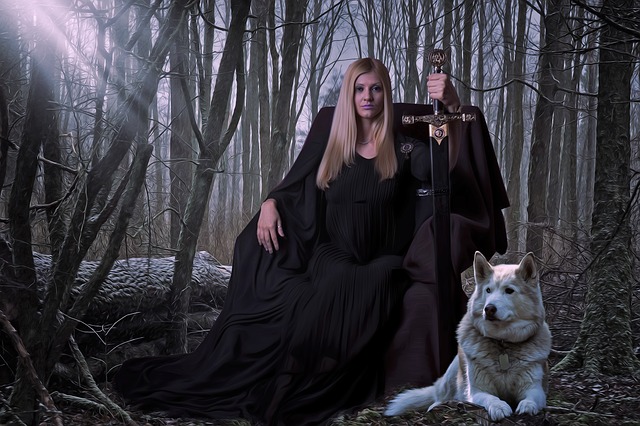Let\’s look at the status of women in the Middle Ages. The status of women evolved and changed. They were not equal to men, but that does not mean that women did not have rights.
Women were placed in a lower social position due to two aspects. First, women\’s constitutions were weaker, and second, due to the Bible and its interpretations. The basis for this was Eve\’s original sin, which led Adam astray.
For some, women were the gateway to the devil (Aristotle, Aquinas); for others (especially in the time of the Crusades), women were considered the ideal of chivalry to be fought for. Love for such women was unfulfilled and platonic.
Widows were rewarded
Women were subordinate to men. First to their fathers, then to their husbands after marriage. Somewhat ironically, it was in the interest of women from wealthy bourgeois families to become widows. Widowhood allowed them to dispose of their property, and it was not uncommon for such widows to continue in business and become very successful
.
Widows of aristocrats also had relatively free status. The very wealthy Empress Dowager Elishka Lejka deserves special mention. She was the widow of two kings. She spent her widowhood in Brno, where she led a very liberating life for her time, especially supporting the art and culture of the time.
The women of the convent also led relatively liberated lives. The story of Hildegard of Bingen is one example.
Unfortunately, women were also not allowed to hold office or politics, and if they were secretly politically active, it was because they were able to pull the strings of obedient men. 18]
The Hus Wars made the Hussite period a controversial period in Czech history. Although it was controversial, it did bring about a change in the status of women. Jan Hus pointed to the equal status of men and women before God. Hussite women fought, but were often highly educated and knew, for example, the biblical languages of Hebrew and Greek.
